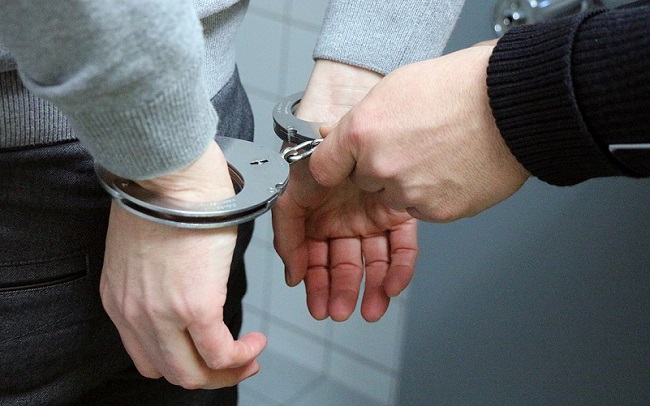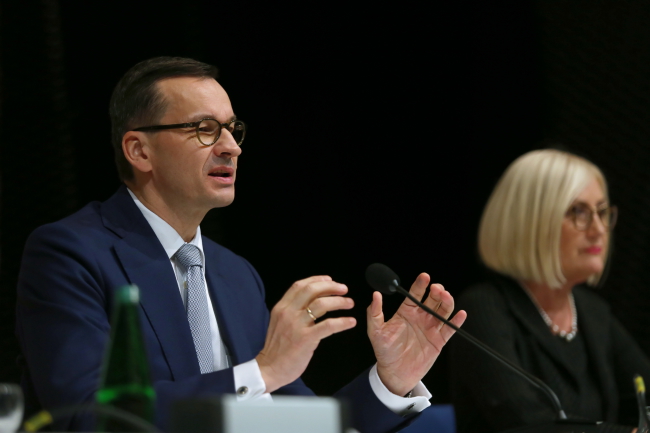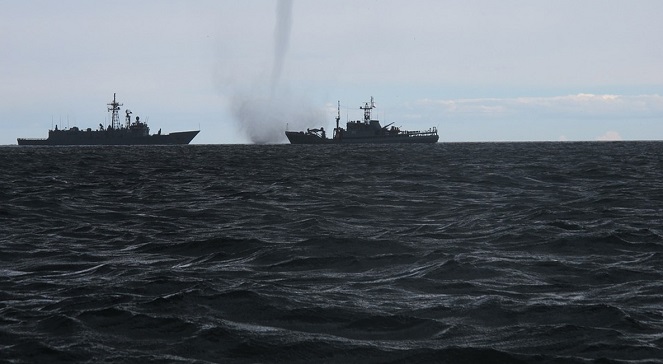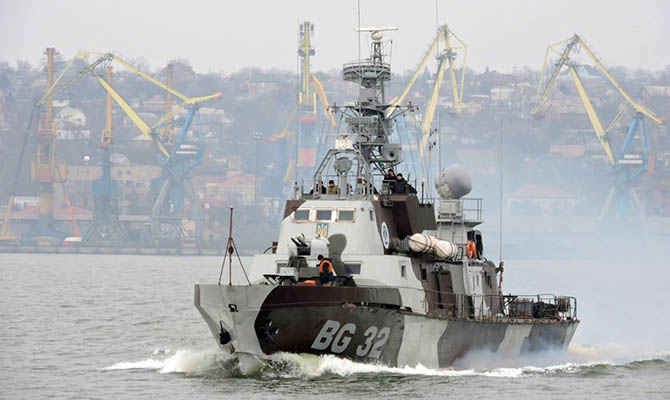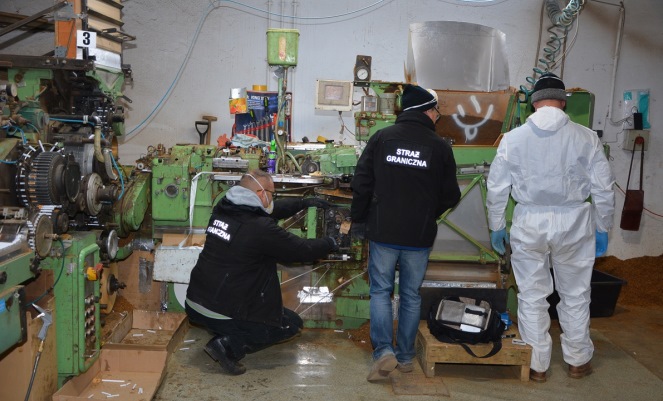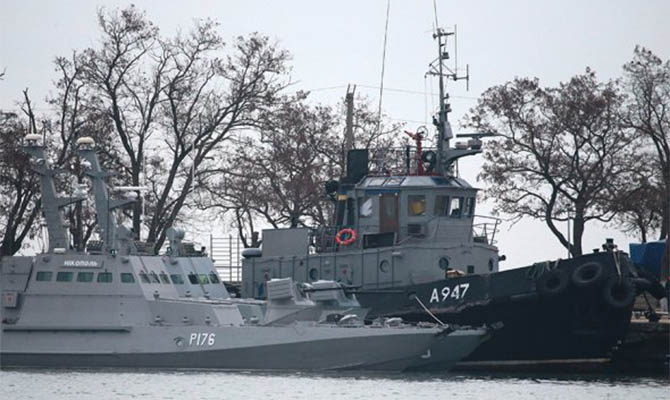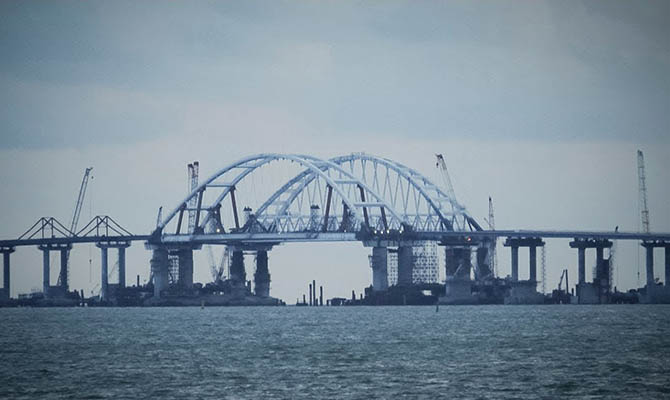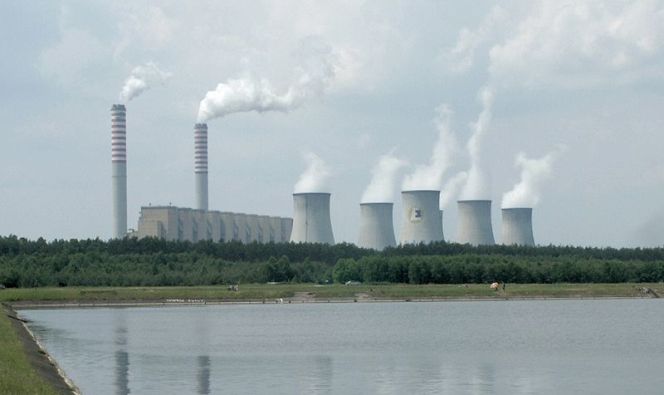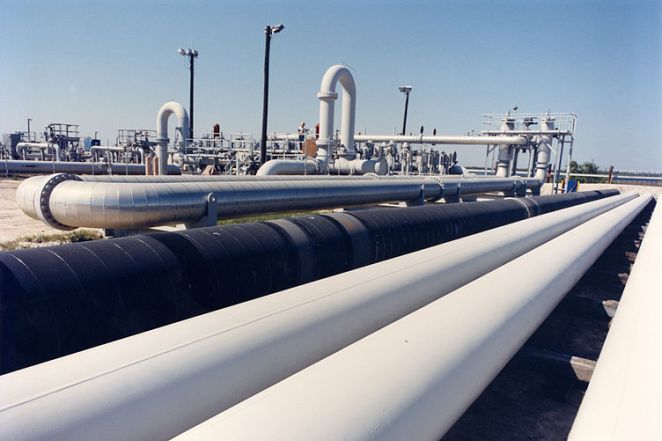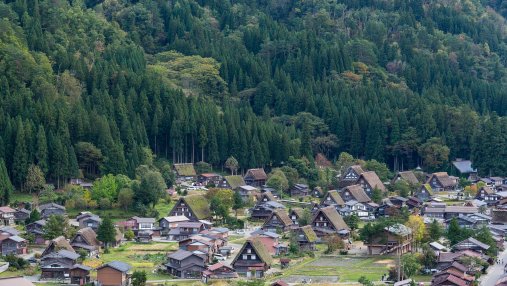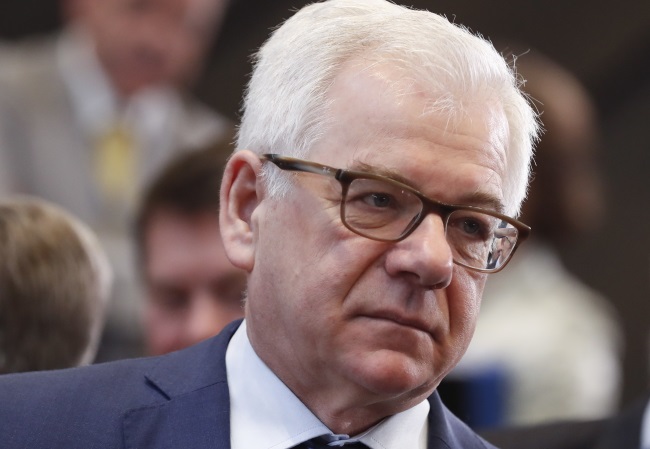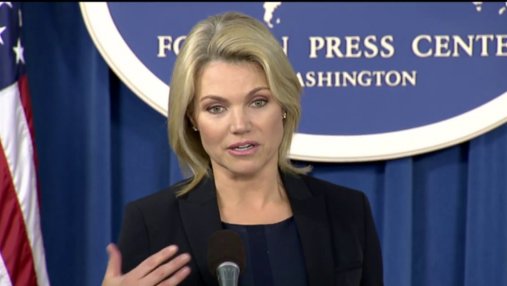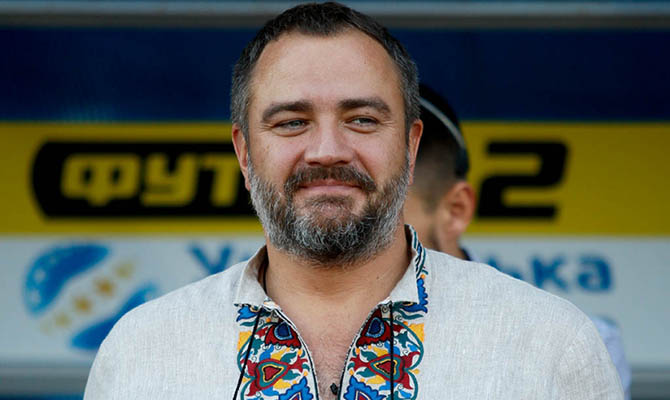Lasers and robo-feeders scale up fish farming | Последние новости сегодня в мире
Lasers and robo-feeders scale up fish farming

Fish farming is big business and producers are adopting new technologies to expand and cut costs.
Technology in these salmon cages monitors fish behaviour to determine if they are fully fed Fish farming is big business - the industry now produces about 100 million tonnes a year - and with salmon prices soaring, producers are turning to lasers, automation and artificial intelligence to boost production and cut costs. How do you know if farmed salmon have had enough to eat?Well, according to Lingalaks fish farms in Norway, which produce nearly three million salmon each year, the fish make less noise once the feeding frenzy is over. The firm knows this thanks to a new hydro-acoustic system it has installed at one of its farms. The system listens to the salmon sloshing loudly about as they feed in a cluster. When the fish have had enough, they swim off and the noise lessens.Lingalaks chief executive Erlend Haugarvoll hopes this knowledge will save his firm lots of money in reduced feed, as much of it currently gets wasted. "I think it could improve [expenditure] by about 5%," he says. "That could be between 7m-10m krone (£630,000-£900,000; $900,000-$1.3m) for our firm."The system, developed by tech firm CageEye, has taken years to develop, says chief executive Bendik Sovegjarto. Image copyright Bendik Sovegjarto Image caption Bendik Sovegjartos technology detects audible changes as the salmon stop feeding "Its not like a pellet detector," Mr Sovegjarto says, which observes the number of fish food pellets left in the water. "When you dont see any pellets, you cant be certain if its because the fish are full or that youre looking in the wrong place because of the water currents."Using audio data from the caged salmon is more accurate and could save Norwegian fish farms 1bn krone a year in un-gobbled feed, believes Mr Sovegjarto.The technology has been developed with the help of Ole Folkedal, at the Institute of Marine Research, in Bergen. He has monitored salmon feeding patterns and other data, such as water temperature and oxygen levels, and this is giving scientists and farmers new insights into the factors influencing how much the fish want to eat."You have huge variations in how much to feed every day," says Mr Folkedal. Image copyright Ole Folkedal Image caption The red and white area of the spectrogram visualises the main clustering of the feeding salmon He adds that the data can be used to operate completely automated feeding systems, with humans simply overseeing the process.The rise of artificial intelligence technologies like these, which make decisions about when feeding should stop and start, is set to make big changes to the lucrative industry of salmon farming. There are other hi-tech approaches to automated fish monitoring, too. For example, one start-up, Aquabyte, recently raised $3.5m (£2.5m) for a system that makes better use of existing video surveillance data.Many modern fish farms already use video cameras to monitor the salmon in their cages, says Aquabyte founder and chief executive Bryton Shang. Image copyright Getty Images Image caption Global demand for salmon in particular is growing fast "They stick CCTV in the pens and have operators off site watching the fish and determining how much to feed," he explains."We take the images from the CCTV and use computer vision algorithms [instead]."How Scottish salmon conquered the worldWith this approach, computers carefully monitor the group of feeding fish visually. The system is also designed to look out for a perennially problematic visitor to fish farms - the parasitic sea louse.Lice attach to salmon and eat them, causing damage that can be fatal. The lice can also make the fish inedible for humans. Salmon firm to roll out sea lice shields 125,000 salmon die in disease outbreak Mr Shang hopes his technology will help farmers detect sea lice so that they can then be removed manually. But even lice removal could be automated in the future. Stingray has come up with a self-guided tool that fires lasers at the lice to destroy them. Image copyright Stingray Image caption Stingrays laser is shown underwater zapping lice as fish swim past Image copyright Stingray Image caption The large laser unit is designed to float in the centre of the fish cage "The louse is hit with a fatal result, and coagulates within milliseconds," boasts the companys website. Meanwhile the de-loused salmon, thanks to its mirror-like skin that reflects the laser, swims off unharmed. Its perhaps no surprise that salmon farmers are turning to hi-tech solutions - the industry is certainly a wealthy one. Fish farms are worth nearly 50bn krone (£4.6bn; $6.4bn) to the Norwegian economy, and this year the country is expected to see growth of 9% in farmed salmon production.Norwegian fish company Salmars gigantic offshore installation, Ocean Farm 1, is a 110m-wide (120 yards) cage capable of containing 1.5 million fish. Image copyright Salmar Image caption The huge Ocean 1 fish farm had an 11-week journey from China, where it was built London-based Hemang Rishi, co-founder of Observe Technologies, says his firm is developing technology that can visually monitor feeding in salmon cages. "We are just deploying our first product on site for an extended period of time in Chile, where they have the second largest salmon market in the world after Norway," he says.And in Florida, a firm called Atlantic Sapphire is hoping to construct a giant salmon farm - on land. The concept involves water swirled mechanically in large tanks to give fish the illusion that they are still at sea.Its not hard to imagine highly automated fish farms of the future, in which humans have very little to do.More Technology of Business Image copyright Getty Images Is boasting good or bad for business? Love and dating after the Tinder revolution Could plant-based plastics help tackle waste pollution? I didnt even meet my potential employers "My prediction is that autonomous systems will do most of the jobs in future years," says Mr Folkedal.However, he notes that current regulations in Norway mean that, for now at least, farmed fish must be manually checked regularly for signs of illness and mortalities.But many of the tasks farmers must perform daily - such as counting and measuring fish - are tedious, and could be automated once machines become accurate enough, Mr Folkedal believes."Thats something that the farmers really want," he says. Follow Technology of Business editor Matthew Wall on Twitter and Facebook Click here for more Technology of Business features Related TopicsFoodNorway
- 2018-02-21 02:31:13
Порошенко вновь призвал Россию без каких-либо условий освободить украинских военных моряков

- 2018-12-07 13:30:26
В РАЗУМНОЙ СИЛЕ заявили, что украинская власть и криминал – одно неделимое целое (ВИДЕО)
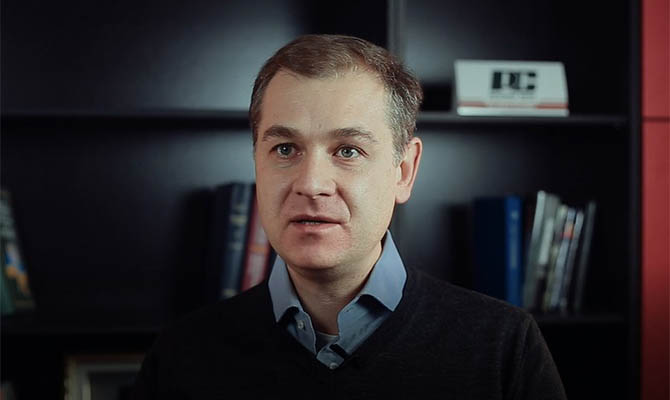
- 2018-12-07 13:30:26
Не накачивайте регион оружием: Беларусь предостерегла Европу перед новой эскалацией

- 2018-12-07 13:30:23
Никаких наблюдений, никаких посредников, - Лавров о предложении Германии расширить мандат ОБСЕ на Азовское море

- 2018-12-07 13:30:21
Не накачуйте регіон зброєю: Білорусь застерегла Європу перед новою ескалацією Країни ОБСЄ повинні зупинити накачування регіону летальним зброєю, щоб не провокувати ескалацію конфліктів в Європі. У Білорусі вважають, що організації не вдається вирішув

- 2018-12-07 13:01:35
США готовят ответ Путину из-за агрессии на Азове: в России напуганы кораблями НАТО
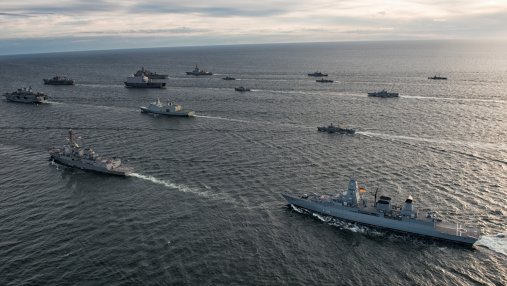
- 2018-12-07 13:00:18
США готують відповідь Путіну через агресію на Азові: у Росії налякані кораблями НАТО Голова обєднаного комітету начальників штабів США Джозеф Данфорд попередив Росію про можливість військової відповіді на агресію у Керченській протоці. Така заява роз

- 2018-12-07 12:31:47
Слідчі ДБР перевірять правомірність застосування поліцейським зброї проти відвідувача супермаркету в Харкові, який поранив його ножем

- 2018-12-07 12:01:25
Ракетний конфлікт між США та РФ: Вашингтон погрожує скасуванням ще одного договору Якщо Договір про ліквідацію ракет середньої і меншої дальності між Росією та Сполученими Штатами перестане діяти, то Вашингтон може переглянути ще одну угоду. У такому

- 2018-12-07 12:01:25
Протести у Франції: через жовтих жилетів закриють Ейфелеву вежу і Лувр Через протести, що можуть відбутися в суботу, 8 грудня, паризька влада оголосила про закриття місцевих історичних памяток та музеїв – зокрема Ейфелевої вежі і Лувру.

- 2018-12-07 11:31:33
Померла одна з найстаріших відеоблогерок у світі У південній Індії померла одна з найстаріших відеоблогерок 107-річна Мастанамма. Жінка вела свій кулінарний канал на YouTube.

- 2018-12-07 11:01:41
Более 140 судов ожидают прохода через Керченский пролив, РФ продолжает создавать препятствия для кораблей

- 2018-12-07 11:00:26
Германия предложила расширить миссию ОБСЕ на Азов

Это предложение должны обсудить на следующей неделе во время встречи представителей Украины и РФ при посредничестве Франции и Германии.
- 2018-12-07 11:00:02
Завершення війни на сході України є пріоритетом для ОБСЄ, - постпред Франції Роже-Лакан

- 2018-12-07 10:31:11
Европа стоит перед угрозами суверенитету и демократии из-за агрессии РФ, - МИД Великобритании

- 2018-12-07 10:30:20
Закон про припинення дії договору про дружбу з РФ направлено на підпис Порошенку

- 2018-12-07 10:01:16
Раненые украинские моряки не жалуются на условия в Матросской тишине, - Москалькова

- 2018-12-07 10:00:20
Дозволили вбивати росіян мовчки: РосЗМІ відреагували на ухвалення Радою закону Про прилеглу зону України

- 2018-12-07 09:31:42
Завершение войны на востоке Украины является приоритетом для ОБСЕ, - постпред Франции Роже-Лакан

- 2018-12-07 09:30:24
У ЄС затвердили декларацію щодо боротьби з антисемітизмом Країни-члени Європейського Союзу планують активізувати боротьбу з антисемітизмом, тобто національної та релігійної нетолерантності щодо євреїв. Також домовилися посилити безпеку, щоб краще зах

- 2018-12-07 09:01:16
Разрешили убивать россиян молча: РосСМИ отреагировали на принятие Радой закона О прилегающей зоне Украины

- 2018-12-07 09:00:24
МЗС Канади виділить 24 мільйони доларів на покращення урядування в Україні Канада планує виділити до 24 мільйонів доларів для України. Ці кошти підуть на організацію моніторингу за виборами 2019 року, досягнення гендерної рівності та покращення уряду

- 2018-12-07 08:31:57
Who really influences the price of oil?

Does Opec still control the price of oil in todays global market?
- 2018-12-07 08:31:42
Mexico 1971: When womens football hit the big time

With the 2019 Womens World Cup draw on Saturday, we look back at the groundbreaking unofficial 1971 event in Mexico.
- 2018-12-07 08:31:38
The blind woman developing tech for the good of others

Chieko Asakawa, blind since 14, develops groundbreaking technology for the visually impaired.
- 2018-12-07 08:31:34
The Iranian trailblazer who removed her headscarf

Shaparak Shajarizadeh is in exile after breaking Iranian law by removing her hijab.
- 2018-12-07 08:31:10
MSF vessel Aquarius ends rescue operations in the Mediterranean

The charity blames its decision on sustained attacks on rescue efforts by European nations.
- 2018-12-07 08:30:45
За минулу добу бойовики 6 разів відкривали вогонь по позиціях ЗС України, один військовослужбовець отримав поранення

- 2018-12-07 07:31:35
За минувшие сутки боевики 6 раз открывали огонь по позициям ВСУ, один военнослужащий получил ранения

- 2018-12-07 07:30:23
Адвокат Ассанжа закликав Еквадор продовжувати забезпечувати йому притулок Баррі Поллак наголосив, що Еквадор має продовжувати надавати притулок засновнику організації WikiLeaks Джуліану Ассанжу, який з 2012 року перебуває на території посольства цієї

- 2018-12-07 06:01:29
Жахлива ДТП у Польщі: одна людина загинула, ще 19 поранено Внаслідок масштабної аварії пасажирського автобуса у Польщі загинула одна людина, ще 19 отримали поранення різного ступеня важкості.

- 2018-12-07 05:01:06
Прокуратура квалифицировала гибель военнослужащего на передовой как террористический акт

- 2018-12-07 05:00:24
Трамп вирішив призначити Нойерт новим представником США при ООН, – ЗМІ Президент США Дональд Трамп вирішив призначити новим постпредом при ООН офіційного представника держдепартаменту Хізер Нойерт.

- 2018-12-07 04:01:12
Джорджа Буша-старшого поховали у Техасі Екс-президента США Джорджа Буша-старшого, який помер 30 листопада, поховали у четвер увечері в Техасі.

- 2018-12-07 03:01:26
Боевики попытались спровоцировать украинских военных на КПВВ, пропустив в нерабочее время пункта почти 20 автомобилей

- 2018-12-07 03:00:21
У Франції правоохоронці затримали понад 700 школярів та студентів Поліція затримала понад 700 школярів і студентів у Франції за участь у заворушеннях. Молодь заблокувала понад двісті шкіл, ще у більше ніж сотні закладів зірвали заняття.

- 2018-12-07 02:01:02
Военные России в Атлантике: в Пентагоне встревожены мощной угрозой со стороны Кремля

- 2018-12-07 00:30:20
Військові Росії в Атлантиці: у Пентагоні стривожені потужною загрозою з боку Кремля Дії російського військово-морського флоту в північній частині Атлантичного океану становлять велику загрозу Вашингтону. Саме для можливої протидії США створили другий

- 2018-12-07 00:01:33
Глава МЗС Німеччини Маас запропонував поширити дію моніторингової місії ОБСЄ на Азовське море

- 2018-12-07 00:01:26
РФ втручалась у вибори США: Трамп відзначився заявою щодо полювання на відьом і свого рейтингу Президент США Дональд Трамп переконаний, що рейтинги його підтримки є штучно заниженими через тривале російське розслідування спецпрокурора Роберта Мюллера

- 2018-12-06 23:31:15
Лукашенко посварився з Путіним на відкритті засідання ЄАЕС, звинувативши Росію в завищенні ціни на газ. ВIДЕО

- 2018-12-06 23:31:08
РФ вмешивалась в выборы в США: Трамп отметился заявлением по охоте на ведьм и своему рейтингу

- 2018-12-06 23:30:23
Росія втратила право говорити, що не є стороною конфлікту в Україні, - МЗС Польщі

- 2018-12-06 23:01:27
Суд в Крыму около пяти часов рассматривал дело адвоката Курбединова, продолжит заседание в пятницу

- 2018-12-06 23:00:24
Лукашенко поругался с Путиным на открытии заседания ЕАЭС, обвинив Россию в завышении цены на газ. ВИДЕО

- 2018-12-06 23:00:18
Россия потеряла право говорить, что не является стороной конфликта в Украине, - МИД Польши

- 2018-12-06 22:30:16
Мы все равно будем контролировать: США озвучили России требования по ракетному договору
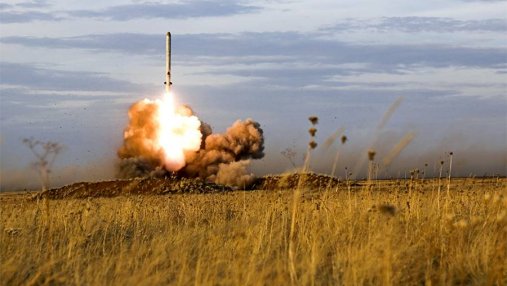
- 2018-12-06 22:00:20
Ми все одно будемо контролювати: США озвучили Росії вимоги щодо ракетного договору Рішення Сполучених Штатів вийти з Договору про ліквідацію ракет середньої і меншої дальності не означає, що Вашингтон відмовляється від контролю над озброєннями. При ц

- 2018-12-06 21:31:40
